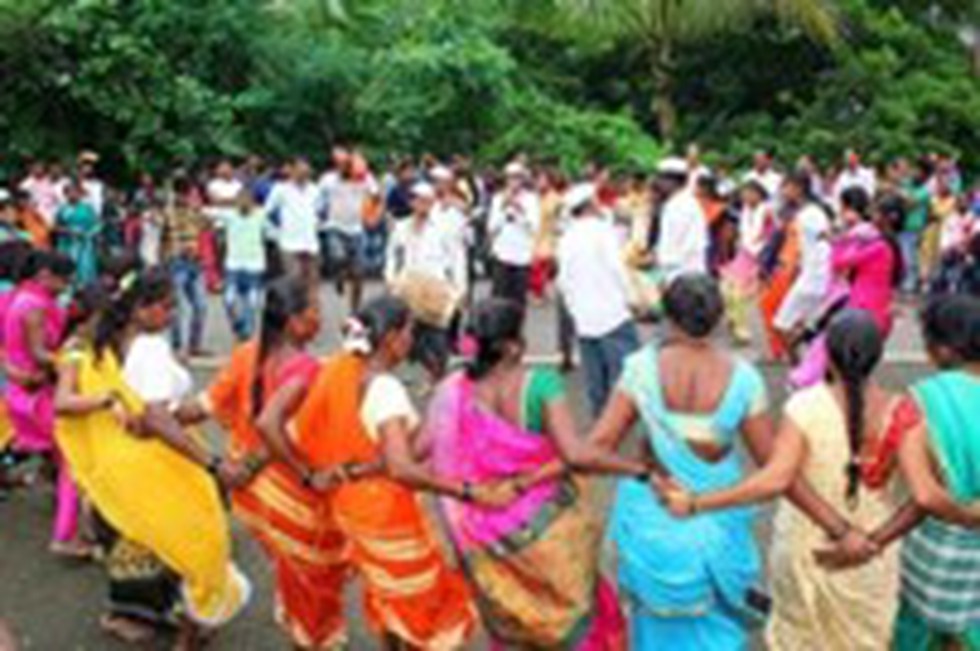In the vicinity of Sanjay Gandhi National Park in Maharashtra, the mere mention of a leopard sighting instills fear in most people. However, for the Warlis residing nearby, the Waghoba or leopard deity is not a source of dread but rather a figure of worship and reverence.
Mumbai, the unique city housing a national park within its boundaries, has been home to leopards for an extended period. A study conducted at Sanjay Gandhi National Park (SGNP) reveals a record leopard density of 21 per 100 square km, unmatched anywhere else globally.
While Mumbai continues to expand northward, the influx of stray dogs and pigs towards garbage sites provides easy prey for leopards. The coexistence of humans and leopards in the city has been a longstanding reality. In 2009, a leopard in Maharashtra fell into a village well while chasing a dog. Captured, named Ajoba, and equipped with a GPS collar, he was released in a forest 80 kilometers away, eventually settling in SGNP without causing harm to any humans during his 120 km journey.
In areas around SGNP where residents live in open houses without concrete walls, such as the Warli tribals, there is a more accepting attitude towards sharing space with leopards. These tribals have worshiped leopards or Waghoba for years.
For individuals like Prashant Potle, residing near SGNP, encountering leopards is a common occurrence. He runs a street snack shop near the park entrance and doubles as a driver for park visitors. According to him, leopards are mostly harmless to adults but may pose a risk to children, especially if mistaken for small animals.
The Dahisar river flowing through the national park serves as a recreational center for tribal locals. Post 6 pm, human presence is regulated by law, making it safer for both residents and wildlife.
After COVID-19 lockdowns, rules restricting vehicle entry into the park were enforced. Locals, using 26 CNG-run cars, take turns ferrying tourists, with plans to incorporate electric vehicles.
As one delves deeper into the park, tribal women, predominantly Warli, trek into the forest for firewood collection. Many residents have had close encounters with leopards, yet they coexist peacefully.
For the Warlis, big cats like leopards are revered rather than feared. Losses of poultry and pets are perceived as a lapse on their part, and precautions, such as keeping children indoors after 6 pm, are taken to allow Waghoba to roam freely.
Shrines dedicated to Waghoba exist within SGNP, where locals offer sacrifices and pray for protection. Carved or painted images of tigers and leopards adorned with garlands and vermilion paint are common, showcasing the indigenous community’s harmonious relationship with nature.
While the Warlis honor and revere leopards, the well-heeled citizens of Mumbai perceive them as a source of fear. Ironically, Ajoba, a gentle leopard, lost his life not due to any harm caused to humans but in a tragic road accident on the outskirts of Mumbai.
